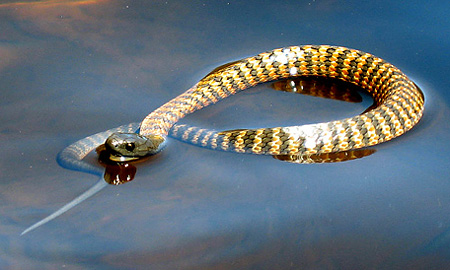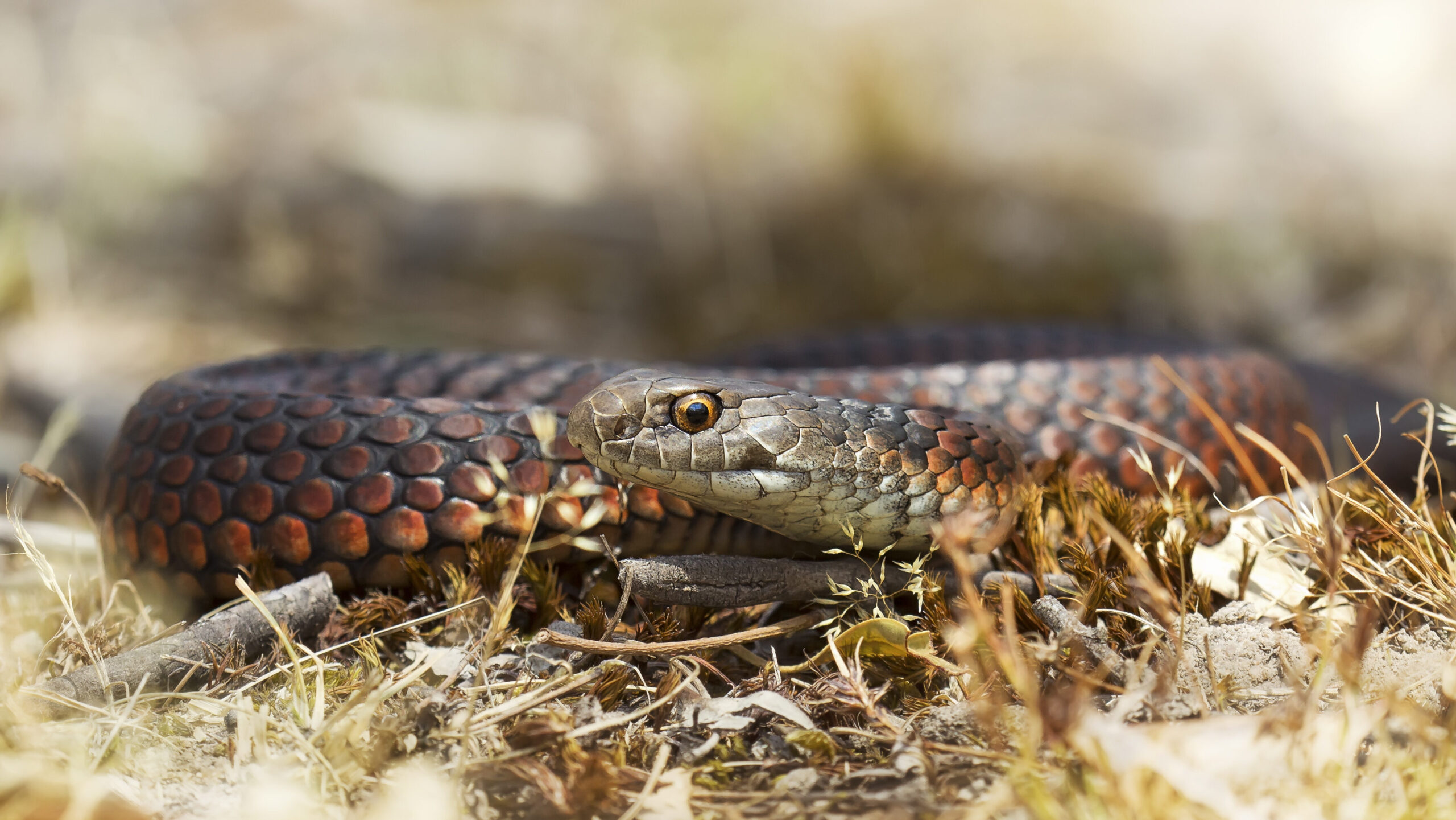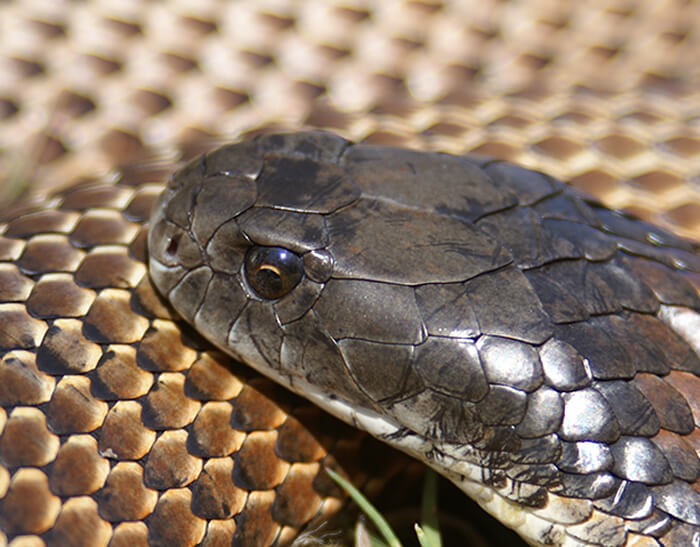Introduction
When it comes to poisonous snakes, Australia is home to several of the most remarkable and hazardous varieties on the planet. Amongst these, the Tiger Snake attracts attention not yellow face whip snake just for its powerful venom yet additionally for its interesting behavior. Comprehending the habits of poisonous snakes like the Tiger Snake is critical for both wild animals fanatics and those living in areas where these snakes are present. This write-up explores different aspects website of Tiger Snake habits, habitat, recognition, safety measures, and emergency treatment methods in case of a serpent bite.
Understanding the Behavior of Venomous Snakes Like the Tiger Snake
The Tiger Snake, medically referred to as Notechis scutatus, is notorious for its hostile nature when endangered. These serpents show a range of actions that can be rather various from their non-venomous counterparts.
Characteristics of Tiger Snakes
The Tiger Snake is quickly identifiable as a result of its distinctive bands or stripes that look like a tiger's markings. They can vary in shade from yellowish-brown to dark olive or black. This pigmentation offers not just as camouflage but likewise as a caution signal to prospective predators.
Adaptability to Environment
One remarkable aspect of their actions is their versatility to various environments. Located mostly in coastal regions, marshes, and wetlands throughout Australia and Tasmania, they can thrive in diverse environments consisting of city areas.
Hunting Techniques
Tiger Serpents are ambush killers primarily feeding upon fish, frogs, and small mammals. They possess keen vision and an intense feeling of odor which helps them in Deadliest Australian snakes situating prey effectively.
Venom Composition
Their poison includes neurotoxins that influence the nerves, leading to paralysis or fatality in smaller animals. For human beings, prompt clinical attention is vital after a tiger snake bite because of its potentially lethal effects.
Natural Environment of Tiger Snakes
Preferred Locations
Understanding where these serpents stay sheds light on their behavioral patterns. The tiger snake habitat consists of:

- Coastal regions Swamps Grasslands Urban locations with plentiful water sources
Seasonal Movements
During warmer months, Tiger Snakes are much more active as they bask in sunshine or hunt for food. On the other hand, chillier months see them pulling back into hibernation sites.
Are Tiger Snakes Venomous?
Yes! The concern "are tiger serpents venomous?" typically emerges amongst those not familiar with this varieties. Their venom is considered one of the deadliest among all serpent species worldwide.
Symptoms of a Tiger Serpent Bite
If bitten by a tiger serpent, signs might include:
- Localized pain Swelling at the bite site Nausea and vomiting Sweating and confusion
Immediate clinical assistance is critical as untreated bites can bring about severe wellness problems or perhaps death.

First Aid for Serpent Bites: Quick Action Guide
Knowing exactly how to carry out first aid for a serpent bite could conserve somebody's life. Here's what you need to do:
Step 1: Continue to be Calm
Keeping calm helps reduce heart price which decreases poison spread.
Step 2: Debilitate the Affected Area
Keep the influenced limb still and listed below heart level if possible.
Step 3: Call Emergency Services
Always look for expert medical aid quickly after a serpent bite.
First Help for Snake Bite Package Essentials
A fully equipped snake bite emergency treatment kit need to include:
- A compression bandage Antiseptic wipes A pair of scissors An ice bag
Safety Precautions: Stopping Serpent Bites in Australia
Awareness Programs
Educating neighborhoods regarding regional serpent species and their habits can significantly minimize experiences bring about bites.
Avoiding Dangerous Areas
Staying far from long yard during warmer months reduces call with serpents that could be relaxing or hunting.
Common Mistaken beliefs Concerning Tiger Snakes
Many people believe mistaken beliefs regarding the behaviors of tiger serpents result in unneeded fear. Below are some clarifications:
Myth 1: All Tigers Are Aggressive
Not all tiger serpents will certainly show hostility if left uninterrupted; several favor fleeing as opposed to confrontation.
Myth 2: They Chase Humans
Tiger snakes do not actively chase after human beings; they may strike when they really feel threatened however will normally pull away if provided space.
Conservation Efforts Connected to Venomous Snakes
Conservation initiatives focus on enlightening communities regarding safeguarding neighborhood wild animals while reducing human-snake interactions.

Importance of Ecosystems
Understanding that venomous snakes play an important function in keeping ecological balance helps foster recognition rather than concern towards them.
FAQs About Tiger Snakes
What needs to I do if I encounter a tiger snake?- Maintain distance and gradually pull back without sudden movements.
- While attacks aren't very usual due to awareness initiatives, they still happen yearly within Australia.
- Baby tiger snakes can deliver full doses of poison regardless of being smaller sized; thus care is suggested around them.
- They mainly consume frogs, fish, tiny mammals like rodents, and other reptiles.
- It's prohibited in the majority of jurisdictions without correct licensing as a result of security worries concerning their venom.
- Wear sturdy boots and remain on significant tracks; look before putting hands or feet into hidden rooms like rocks or logs.
Conclusion
Understanding the behavior of venomous serpents like the Tiger Snake not just improves our expertise however additionally advertises safety and security recognition amongst those living near their environments. From acknowledging their features, understanding emergency treatment procedures complying with a bite, through involving preservation efforts-- every aspect plays an essential function in cultivating coexistence with these fascinating reptiles while appreciating their location within our ecosystem.
As we strengthen our understanding via education and experience, we add favorably toward guaranteeing both human safety and security and wild animals conservation-- benefitting all events involved!